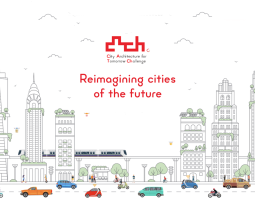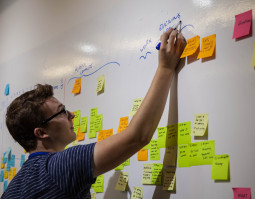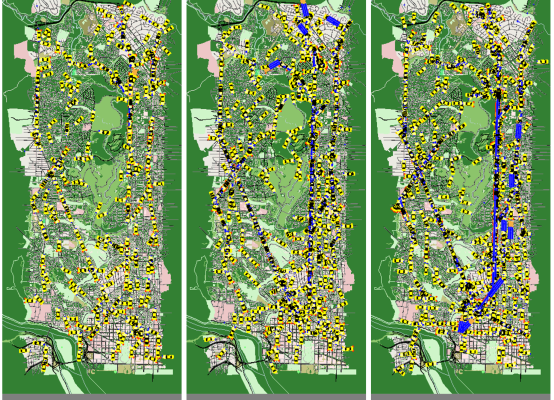
A More Effective Framework for Mobility Infrastructure Planning
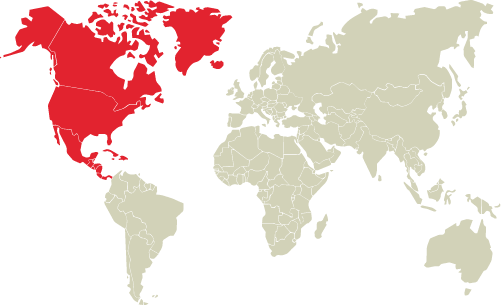
our Opportunity
Today, most cities are developing strategies and making sizeable investments in technology and infrastructure to reduce congestion, improve transportation services, and improve resiliency of those services and infrastructure. Transitioning to new mobility systems is a substantial challenge for many reasons including inconsistent funding support, differential impact on communities, and speed of technology obsolescence and investment turnover. Even when everyone agrees on the desired future state, there are many options to consider as the project evolves. Thus, the path of the transition is as important as the end goals. Can we develop a planning framework that evaluates multiple transition pathways to insure the optimal technology selection, sequencing, and timing for successful mobility system implementation?
OUR APPROACH
By applying concepts from systems engineering modeling known as “architecting for evolvability” to real-world urban mobility projects, we constructed a decision-making framework that goes beyond the typical cost/benefit calculation. The approach focuses on identifying multiple transition pathways and developing an empirically calibrated and open-source simulation model for scenario testing. We developed this work by bringing together the academic theory with end users to develop tools that consider and answer the relevant questions in meaningful ways to TMF’s stakeholders.
View our paper - Evolvability Analysis Framework: Adding Transition Path and Stakeholder Diversity to Infrastructure Investment Decisions in Systems Engineering Journal.
For a free copy of the paper, please email info@toyota-mf.org.
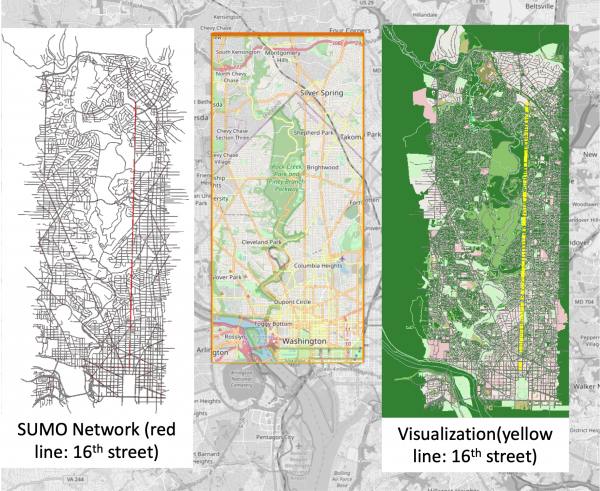
See how a city can utilize three possible lane designations to control the flow of traffic on the roads. This video illustrates mixed use lanes, a bus-only lane, and congestion pricing to demonstrate different effects. Cities can chose to evolve over time according to the needs of the community.
-
OUR TIMEFRAME
- July 2019
- September 2021
OUR GOALS
-
Design planning and decision-making tools that are better suited to long-term mobility systems projects that must consider interim impacts to multiple constituencies
-
Provide guidance to inform decisions on which transition strategies are more feasible/desirable and why
-
Help decision makers avoid lock-in to sub-optimal development paths
- Understand and manage sources of uncertainty and design their interaction to minimize avoidable and unnecessary dependency


